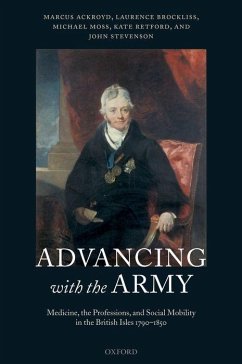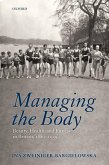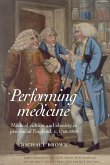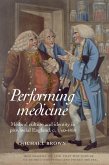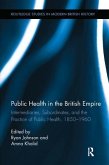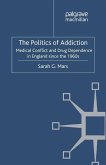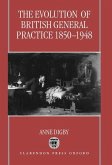Providing the first ever statistical study of a professional cohort in the era of the industrial revolution, this prosopographical study of some 450 surgeons who joined the army medical service during the Revolutionary and Napoleonic wars, charts the background, education, military and civilian career, marriage, sons' occupations, wealth at death, and broader social and cultural interests of the members of the cohort. It reveals the role that could be played by the nascent professions in this period in promoting rapid social mobility. The group of medical practitioners selected for this analysis did not come from affluent or professional families but profited from their years in the army to build up a solid and sometimes spectacular fortune, marry into the professions, and place their sons in professional careers. The study contributes to our understanding of Britishness in the period, since the majority of the cohort came from small-town and rural Scotland and Ireland but seldom found their wives in the native country and frequently settled in London and other English cities, where they often became pillars of the community.
A detailed biographical study of the members of the army medical service during the Revolution and Napoleonic wars that charts their background and life both in and outside the army. It demonstrates how a group of medical practitioners from relatively humble backgrounds could use social contacts and experience forged in the army to become an established part of the educated British imperial elite.
A detailed biographical study of the members of the army medical service during the Revolution and Napoleonic wars that charts their background and life both in and outside the army. It demonstrates how a group of medical practitioners from relatively humble backgrounds could use social contacts and experience forged in the army to become an established part of the educated British imperial elite.

